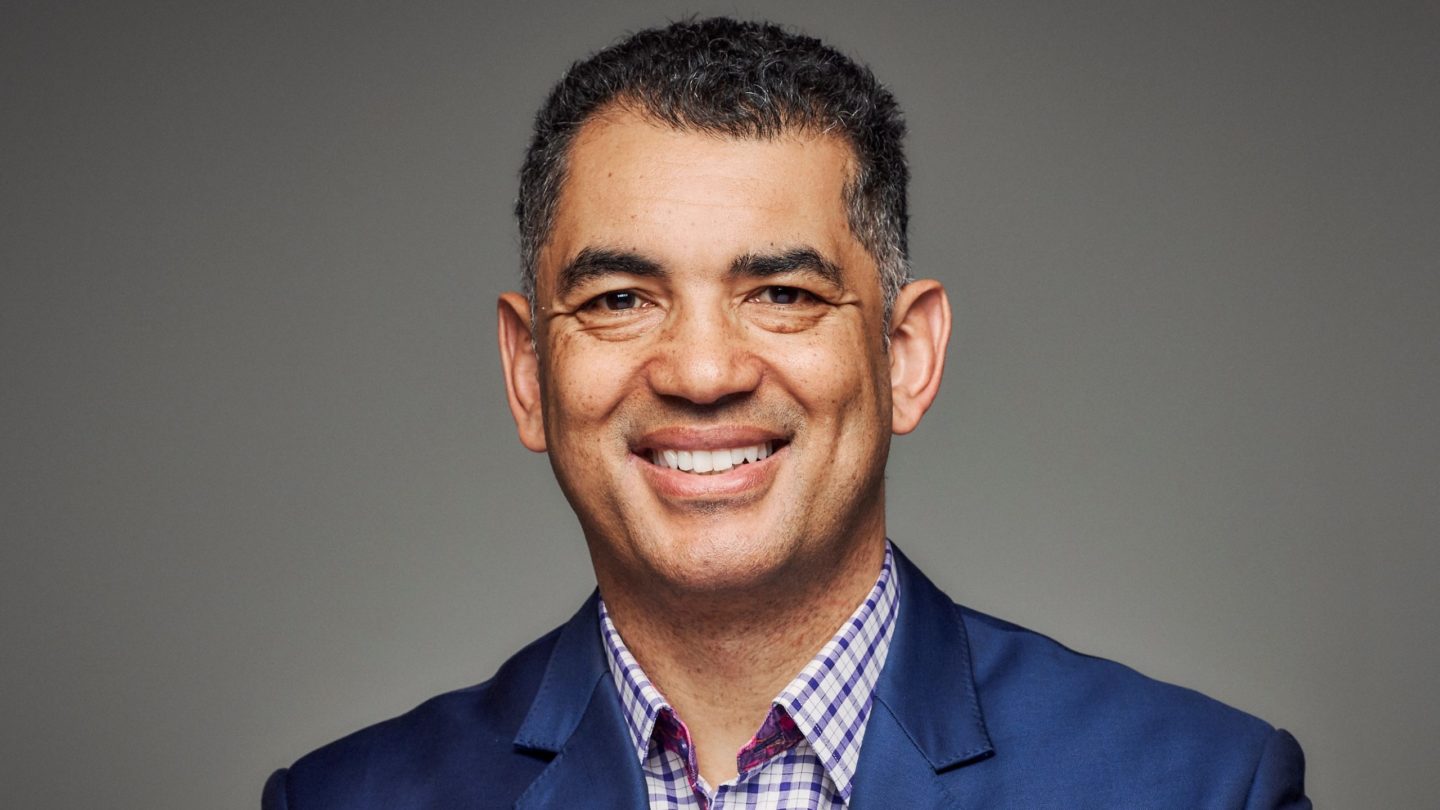The global financial crisis of 2009/09 precipitated a step-change in portfolio construction. As correlations spiked, investors who had expected to be protected from heavy losses by the traditional equity/bond mix found this was not the case. What followed was a systemic shift towards globally diversified, multi-asset investing.
Over the last decade or so, investment managers who had been known for their Asia equity fund, say, or their commodities fund have had to develop or acquire multi-asset offerings as advisers have looked for ‘solutions’ rather than building blocks. Clients of advice firms have come to rely on such solutions, whether in the form of funds or discretionary portfolios.
Diversified risk-based investing has since faced a couple of major market tests: first, in the aftermath of the Brexit vote in June 2016; and then as the scale of the Covid pandemic became understood in March 2020. On both occasions, the approach has demonstrated its worth. Over the five years to the start of November, a typical multi-asset risk-adjusted peer group (Dynamic Planner risk profile 5) had around half the volatility and half the maximum drawdown of a typical UK equity fund.
Significant shift
Today, though, another significant shift is underway in the way we think about investing. As governments, regulators, companies and consumers make strides towards ‘net zero’, advisers and their clients are increasingly reflecting not only risk preferences but also sustainability preferences in portfolios. Investment in solutions to the climate challenge is vital for all our futures – but it is important not to lose sight of the lessons of the past.
A vast range of sustainable funds are now available, with many more on the way. Among these are thematic funds taking advantage of the opportunities created by the carbon transition, from broad climate change solutions funds, through to renewables funds and on to those investing in new and rapidly-evolving technologies, such as battery storage and carbon capture.
Many specialist thematic funds – particularly those focusing on emerging technologies – are at the higher end of the risk/return spectrum. Companies operating in such sectors often attract enormous valuations on listing but lack clear roadmaps to profitability. Of course there will be winners – some of these businesses will develop technologies that become part of our daily lives, revolutionising the way we eat, travel, heat our homes or power our factories – but there will also be losers.
Quantifying risks
As well as traditional investment risks, these companies bring exposure to risks that are very difficult to quantify, when it comes to assessment of both the physical and transition risks associated with changing science, data and regulation.
Battery technology companies, for example, are not only limited by the skill of their engineers or the decision-making capacity of their managers, but by questions to which we do not yet know the answer. How much more efficient can batteries become? Can they be deployed for different uses as their efficiency degrades? How effectively can they be recycled?
In addition, the composition of such funds could bring unintended portfolio skews. Many will be concentrated in small and midcap stocks, in the US or China, and in specialised sectors – and yet they may not slot neatly into a high-risk sustainable allocation.
Returning to our battery example, a fund investing in such technologies could have exposure to both early-stage innovators and the traditional mining companies producing lithium and other raw materials used in battery manufacturing. The added difficulty of creating a meaningful benchmark from such a disparate opportunity set makes performance management challenging.
Wave of innovation
Does that mean there is no place for thematic approaches to sustainability in individual portfolios? I don’t think so. The most niche funds are clearly more suited to institutional investors. But many individuals will be keen to try to capture this wave of innovation and play a role in building a more sustainable future. And many thematic funds will be suitable additions to portfolios as long as the risks are clearly understood and aligned with investors’ preferences and circumstances.
For advisers, being clear with clients about the types of companies involved – and the sectors and geographies to which they will be exposed – is as vital for sustainable investing funds as for any other kind. Also essential is becoming familiar with the composition of the funds, talking to managers and pushing, if needed, for additional transparency on the underlying portfolio, the investment mandate, the risk and the potential rewards.
As with any investment, advisers need to have the information to enable them to match a fund to a client and understand its role in a broader portfolio. Only then can the benefits of sustainable investing be achieved without taking a backwards step on diversification.
Ben Goss is CEO of Dynamic Planner







